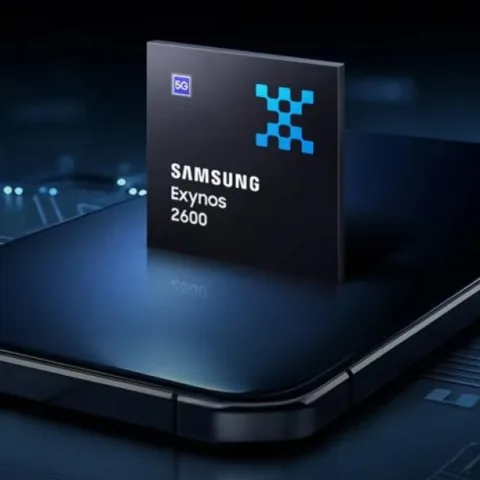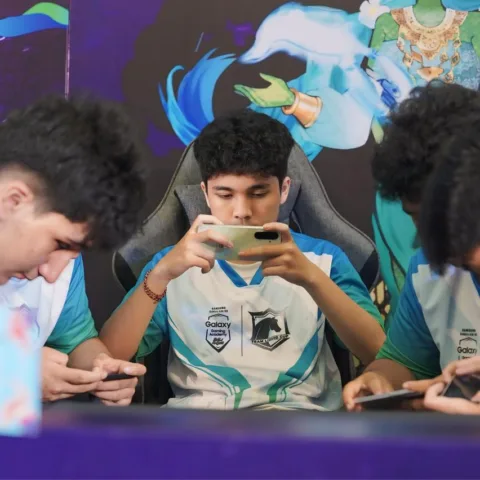
Many predict that the massive wave of capital flow in Southeast Asia during 2014, such as Alibaba’s captivating $249 million investment to SingPost, the ground-breaking $100 million Softbank and Sequoia Capital’s funding for Tokopedia, and $250 million received by Lazada, will trigger a switch in Indonesian e-commerce landscape. Thus, based on the combination of data taken from a number of primary investors, interview sessions with executive officers, internal data, and other secondary sources, aCommerce issued its prediction on the face of Southeast Asian e-commerce in 2015.
1. Consolidation will be much more intensive in B2C market
Let’s assume that the overwhelming wave of capital will never stop luring startups to give it up. Archipelagic countries like Indonesia do need huge capital, and B2C companies will be led into two inevitable situations in order to stay in the game: to be acquired or merge with others.
The B2C segment is indeed still fragmented, but e-commerce giants like Lazada can easily turn the competition into a hellish playground for small players. “With more money being circulated in the market, big players will be more likely to acquire,” aCommerce’s Group CEO & Ardent Capital’s Executive Chairman Paul Srivorakul suggested.
2. Digital Agencies must adapt. Or be vanished.
E-commerce is a struggling yet resourceful market to follow, and agencies don’t possess the right incentive structure, culture, and talent to do so. It must be noted that acquiring an independent company and integrating it to an end-to-end chain are poles apart.
“Without a change in their DNA, they’ll keep going for e-commerce titans and losing their own track,” said aCommerce’s Group CMO Sheji Ho.
3. More marketplaces
Alibaba’s $25 billion-worth IPO will inspire other players to build their own market. Besides old players like Lazada and Rakuten, we’ll see a wave of new players like telcos, media, banks, and retailers, which look to get more than their Value Added Services (VAS), entering the competition.
“The competition gets hotter, brands must do a customer-centric approach to make sure that retailers have their products. Investment in technology or partnership in product distribution will define players in 2015,” Srivorakul mentioned.
4. The ASEAN Economic Community will accelerate e-commerce’s growth
The ASEAN Economic Community will stimulate trades in the region. Titans like Amazon and London-based ASOS have targeted Singapore, Thailand, and Indonesia as the most growing market in Asia. For instance, Shopbop recently held the Black Friday or Cyber Monday transboundary campaign with Line and aCommerce. China-based Alibaba and JD.com also keep their eyes on Southeast Asia.
“Their IPO plus the pressure to grow faster will force them to expand the market,” Srivorakul added.

According to Go-Globe, the number of B2C sales in Indonesia is the fifth in APAC.
5. Foreign players will flood the market
After China and India, Southeast Asia is the next stop for e-commerce and technology, and 2015 isn’t an exit to this trend.
6. Logistic ‘Uberization’
2015 is the year where Uber and GrabTaxi to set their heart on delivery services. Amazon has tested Uber’s delivery service, and partnered with Kiehl and aCommerce to have Uber distributing Kiehl’s products in Bangkok. The $250 million investment received by GrabTaxi from Softbank and the enormous Baidu’s $600 million injection to Uber will only heat the competition even more.
“They have had the infrastructure and technology to load deliveries, especially in time when people rarely travel,” aCommerce’s COO Group Peter Kopitz claimed.
7. Mobile commerce will still be behind
Last February, aCommerce found out that the main function of smartphones is to browse the internet. Ten months later, the result was no happier than the earlier. The transaction done via mobile devices remained stagnant at 10% of the total transaction in the last 30 days. The main reason was because smartphones are not optimized to shop. This is something that should be resolved by companies as soon as possible.
8. B2B e-commerce will take off
After years being in the shadow of B2C, B2B will finally take off in 2015; Jeff Bezos has spent $8 trillion for the market.
9. COD will be remain needed to win the market
COD eases two main online shopping issues in Southeast Asia: product and payment fraud. Most of consumers are still afraid to give information of their credit card or do bank transfer. Many of them also don’t have any access to credit cards, ATM, or PayPal. This makes 70% of online transaction in Southeast Asia are done through the COD payment system.
“To win Southeast Asia, companies need to make the Cash on Delivery system available, no matter how hard it is. Just like the same day delivery is a challenge to Jeff Bezos, we see COD as a new standard of the required services,” Srivorakul ended.










